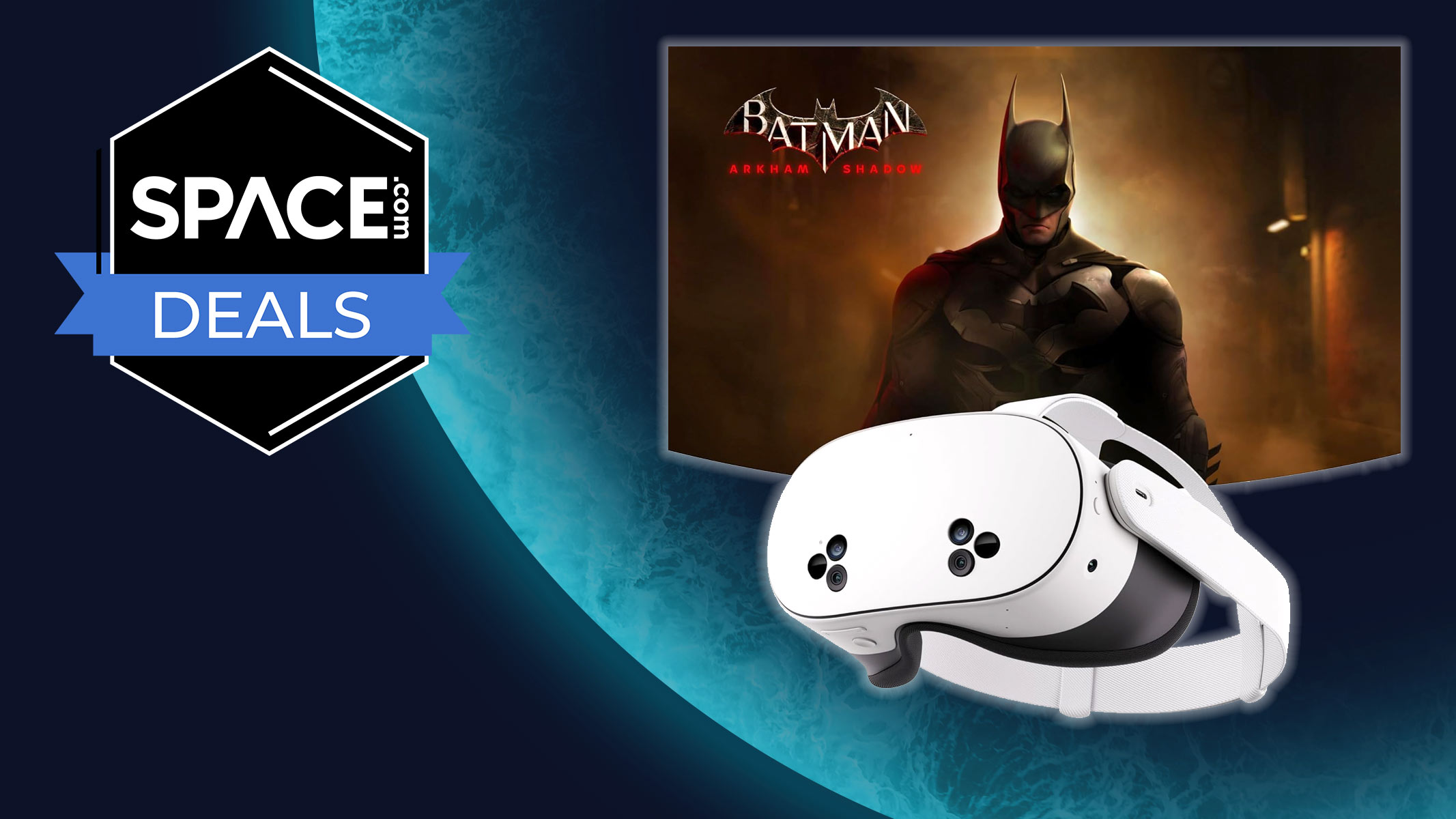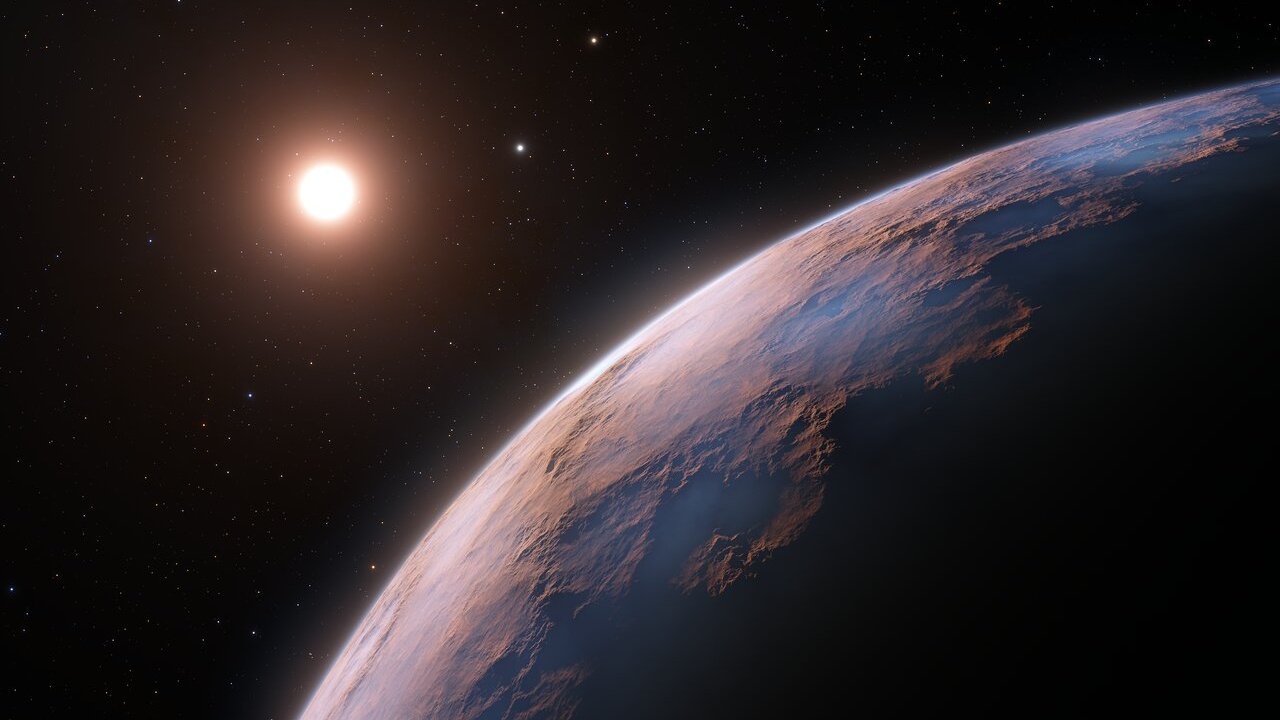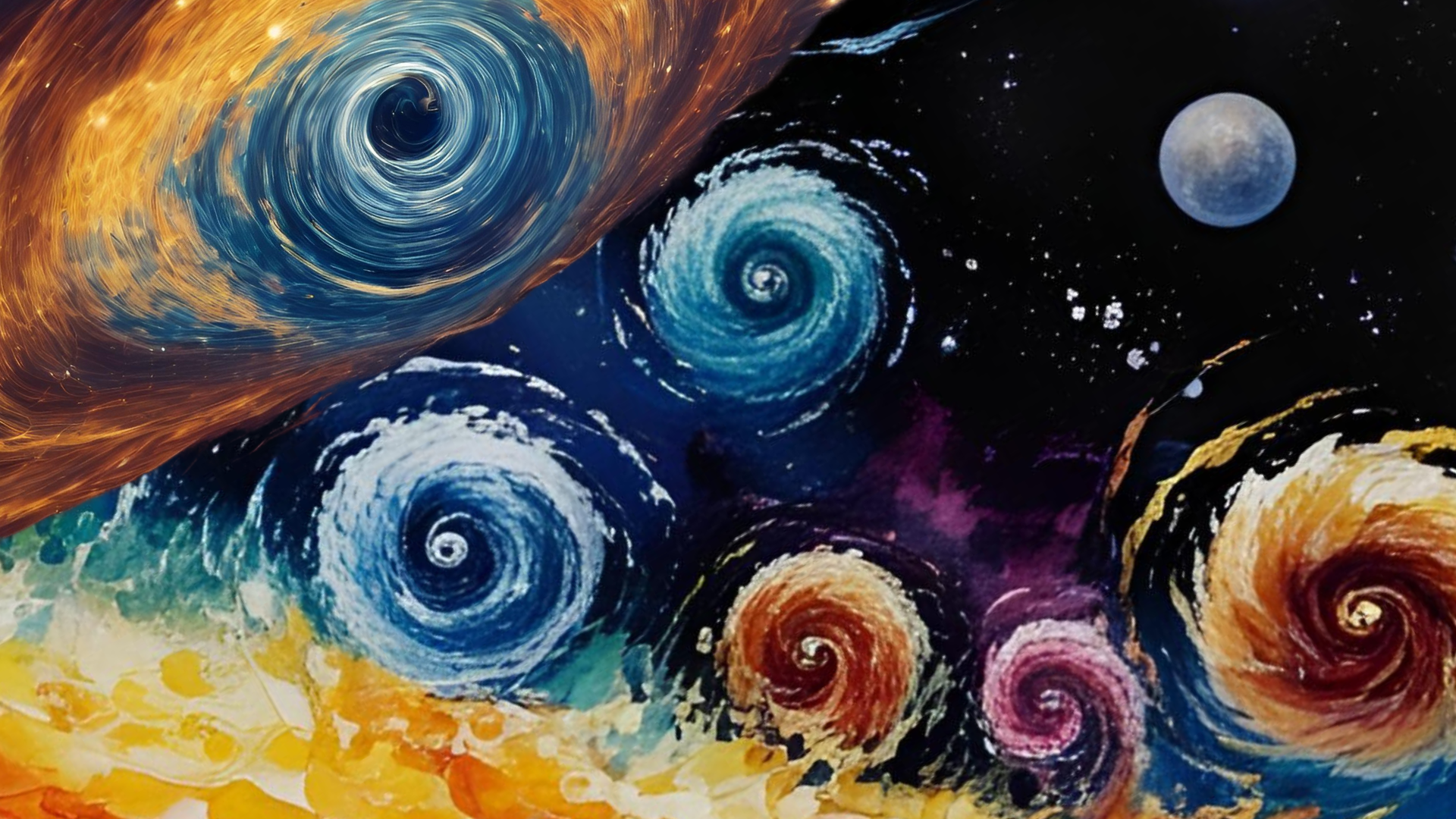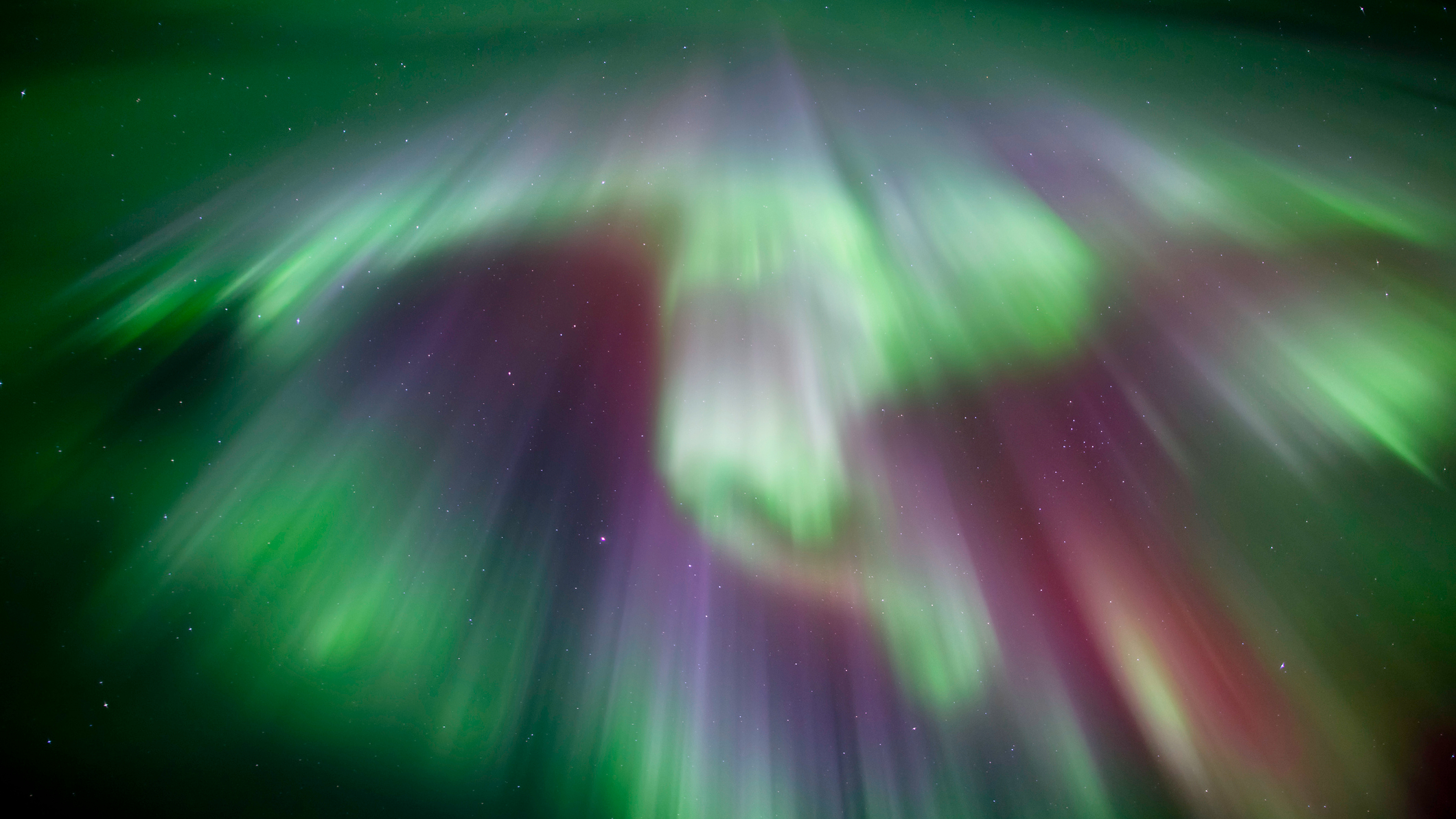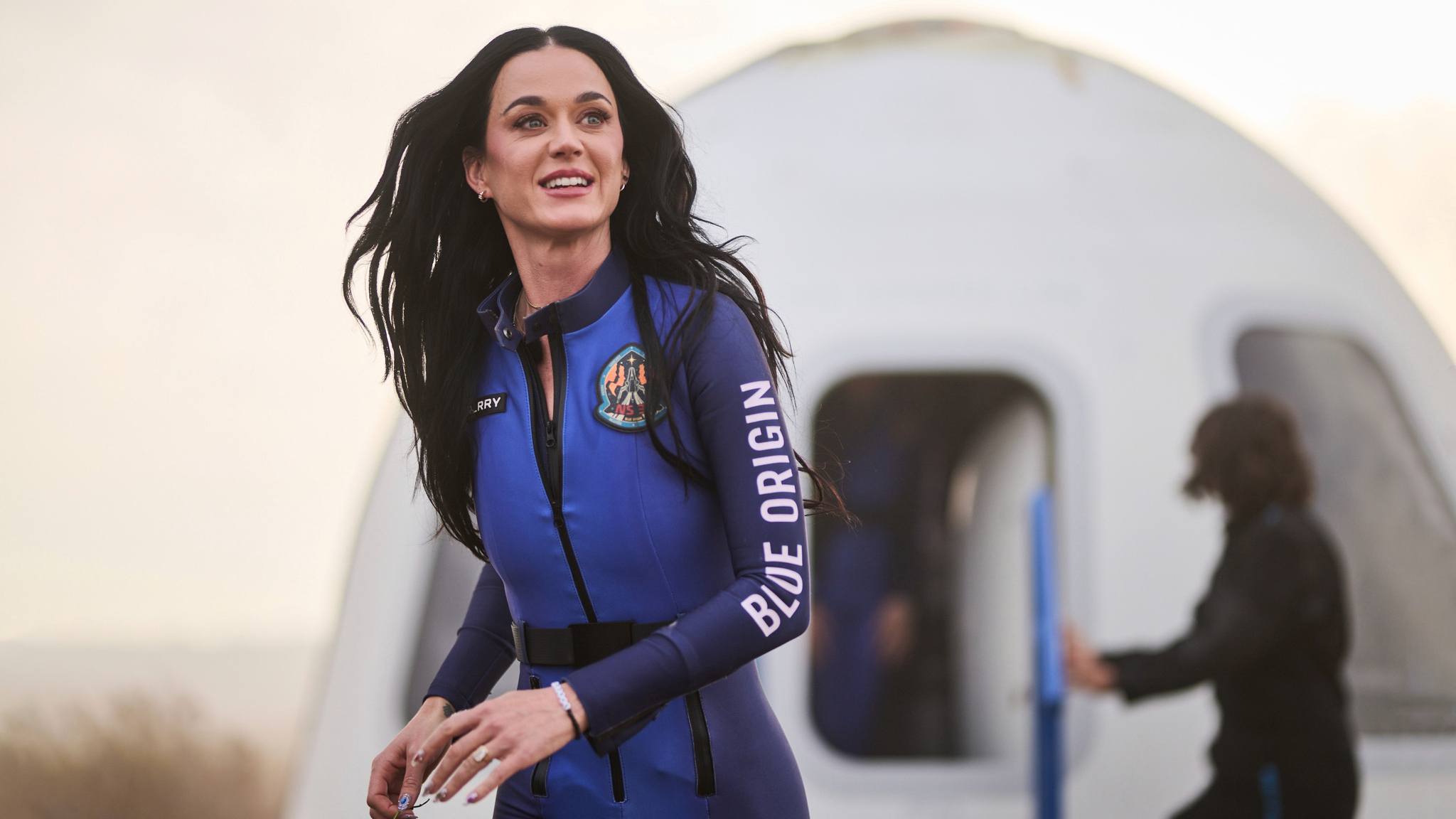How Apollo 11 inspired record-breaking NASA astronaut Peggy Whitson (exclusive)
The historic moon landing had a big impact on Whitson, who was nine at the time.

When the first people walked on the moon 54 years ago today (July 20), female astronauts weren't yet allowed in the U.S. human spaceflight program.
That didn't deter future NASA astronaut Peggy Whitson, who at age nine watched Apollo 11's Neil Armstrong and Buzz Aldrin set foot the moon in 1969, on a television set from her home in Iowa.
"I thought, 'Cool job' ... [but] I never really told anybody about it, because it seemed so unreal to me," Whitson, 63, said on CBS News' "Person to Person with Norah O’Donnell." The interview will stream today at 9:30 pm EDT (6:30 p.m. PDT), and CBS will air a preview on the CBS Evening News at 6:30 p.m. EDT.
In an excerpt from that interview provided exclusively to Space.com, Whitson recalled another major milestone in space history: 1978, when the first class of astronauts that included women and Black individuals was finally brought into NASA. She was graduating high school that year.
"I'm like, 'Maybe this is possible for me to become an astronaut.' Luckily, I had no idea how hard it would be, but I set my mind to it," Whitson said. After getting her Ph.D., she began applying for every NASA class, racking up four rejections in eight years.
Those rejections are hard to imagine now, given that Whitson has since commanded three space missions (for NASA and Houston's Axiom Space) and is one of the most traveled people of any gender, with a total of 675 days in space — more than any other American. She told CBS she was fortunate to keep going and attributed her childhood on a farm to creating the resilience she needed to go back to NASA again and again.
Related: International Women's Day: Female astronauts keep making strides off Earth
Get the Space.com Newsletter
Breaking space news, the latest updates on rocket launches, skywatching events and more!
In her formative years, Whitson witnessed a sea change at NASA in terms of female participation. The first women in the space program worked in background roles — for example, the Black "Hidden Figures" mathematicians and engineers only latterly hailed for their roles in calculating the trajectories of early human spacecraft.
The agency recruited its early astronaut corps from the military, which itself had restrictions by gender and race in the 1960s and 1970s during the early days of the space age. A 1960s effort to bring in civilian women, known as the Mercury 13, ultimately failed after some of the tests required U.S. military facilities that were restricted to men. (Decades later, happily, Mercury 13 participant Wally Funk made it to space at age 82, aboard Blue Origin's New Shepard suborbital vehicle.)
NASA gradually opened up its corps to scientists and then women astronauts, starting with the pioneering "Thirty-Five New Guys" class in 1978. Despite that joking moniker (which in part referred to the near-decade it had been since any astronauts were hired), NASA took its diversity recruitment so seriously that it brought Nichelle Nichols of "Star Trek" fame on board to attract women and Black astronaut candidates.
Among the women brought on board in that class was Sally Ride, whose estate posthumously disclosed in 2012 that Ride was also the first known LGBTQ+ individual in space. Ride was the first American woman to fly in June 1983 and ending up going to space twice. "It was very meaningful to me," Whitson told CBS of Ride's pioneering mission, adding that she has been glad of the attention brought to 40th anniversary celebrations this year.
Related: This Pride, be inspired by Sally Ride's legacy
To be sure, women astronauts continue to lag their male peers in terms of milestones, even as NASA and other agencies work hard to overcome the bias of the early space program days. For example: the first spacewalk by a female NASA astronaut was by Kathryn Sullivan in 1984, two decades after the first man performed an extravehicular activity. (The Soviet Union exceeded that mark by a few months, and notably it flew the first-ever female astronaut in 1963. But this article focuses on Whitson and NASA.)
Spacesuits for the space shuttle unfortunately were tailored to larger and more stereotypically male sizes; cost and complication has meant similarly male-focused suits continue to fly on International Space Station missions. This situation means that few women can don the extravehicular mobility unit (EMU) spacesuit overall. The only all-female spacewalk to date took place in 2019, 54 years after the first male one. (NASA's new generation of spacewalking suits for its Artemis moon program will be more gender-diverse; to date, other genders besides male and female have not flown with the agency as far as we know.)
As Whitson was being rejected over and over again, the first female pilot of a space shuttle (Eileen Collins) got her mission in 1995 — 14 years after the shuttle first reached orbit. Whitson's persistence paid off, however. She was selected as a NASA astronaut candidate the next year, after racking up considerable related experience.
Whitson's work at NASA before being an astronaut included research roles and (eventually) being appointed to deputy division chief of the medical sciences division at NASA's Johnson Space Center; working in the U.S.-U.S.S.R. joint working group in space medicine and biology; and being named project scientist of the shuttle-Mir space station program that saw several U.S. spacecraft visit the Russian outpost, among other milestones.

Whitson stayed busy on the ground side for nearly a decade after her selection, holding key roles such as deputy chief of the astronaut office (which assigns folks to flights), lead for the crew test support team in Russia, and chief of the station operations branch. Whitson also chaired the astronaut selection board in 2009 and served as a member of the 2004 astronaut selection board.
She then flew three roughly six-month missions to the International Space Station (ISS): with Expedition 5 from June to December 2002; as commander of Expedition 16 that flew from October 2007 to April 2008; and as commander of Expedition 51 (and crew member of Expedition 50) that flew from November 2016 to September 2017.
Whitson emphasized that all of these years of getting related experience on the ground was key to securing her milestone as the first-ever female commander of an ISS expedition. (The first female commander of any NASA mission, a space shuttle mission, was none other than Collins in 2005.)
"I was qualified and had some experience working with these teams," Whitson said, referring to the ground teams supporting Expedition 16. Then, in 2009, Whitson was selected as the first female and non-military chief of the NASA astronaut office, which also drew upon her lifetime of experience. She held the post for three years.
"I try and tell young people it's so important to take advantage of the opportunities you're given along your path, because getting there isn't always a straight line," she said.
Whitson retired from NASA in 2018 as the American with the most total time in space — and the woman who had done the most spacewalks (10). After leaving the agency, she went to space yet again through another route. Whitson commanded Axiom Space's Ax-2 mission to the ISS earlier this year, serving as the first female commander of a private space station mission.
Axiom Space is part of a new generation of companies aiming to bring commercial science and crewmembers to space. Like NASA, it uses SpaceX Dragon spacecraft, but focuses on short-term stays immersed in research. All such missions must be commanded by a retired NASA astronaut, per agency regulations; the 10-day Ax-2 mission concluded in May 2023.
When CBS asked Whitson what she wants to do next, she said she'd love to go to the moon, just like the Apollo astronauts did. (It's not an idle dream, given that the Artemis program aims to NASA and international astronauts to the lunar surface as soon as 2025, with Artemis 3.)
"I'd have fun doing that one," Whitson said of a moon mission. "But there's just a lot of opportunities. I think, as space is changing so much, there are lots of ways to contribute and be a part of that. I think it's part of the reason I like to keep going back. Besides the addiction of this perspective, I really like being a part of something bigger than me. Space truly is that, and the objectives in space are that. So I'm very excited about continuing."
Join our Space Forums to keep talking space on the latest missions, night sky and more! And if you have a news tip, correction or comment, let us know at: community@space.com.

Elizabeth Howell (she/her), Ph.D., was a staff writer in the spaceflight channel between 2022 and 2024 specializing in Canadian space news. She was contributing writer for Space.com for 10 years from 2012 to 2024. Elizabeth's reporting includes multiple exclusives with the White House, leading world coverage about a lost-and-found space tomato on the International Space Station, witnessing five human spaceflight launches on two continents, flying parabolic, working inside a spacesuit, and participating in a simulated Mars mission. Her latest book, "Why Am I Taller?" (ECW Press, 2022) is co-written with astronaut Dave Williams.

